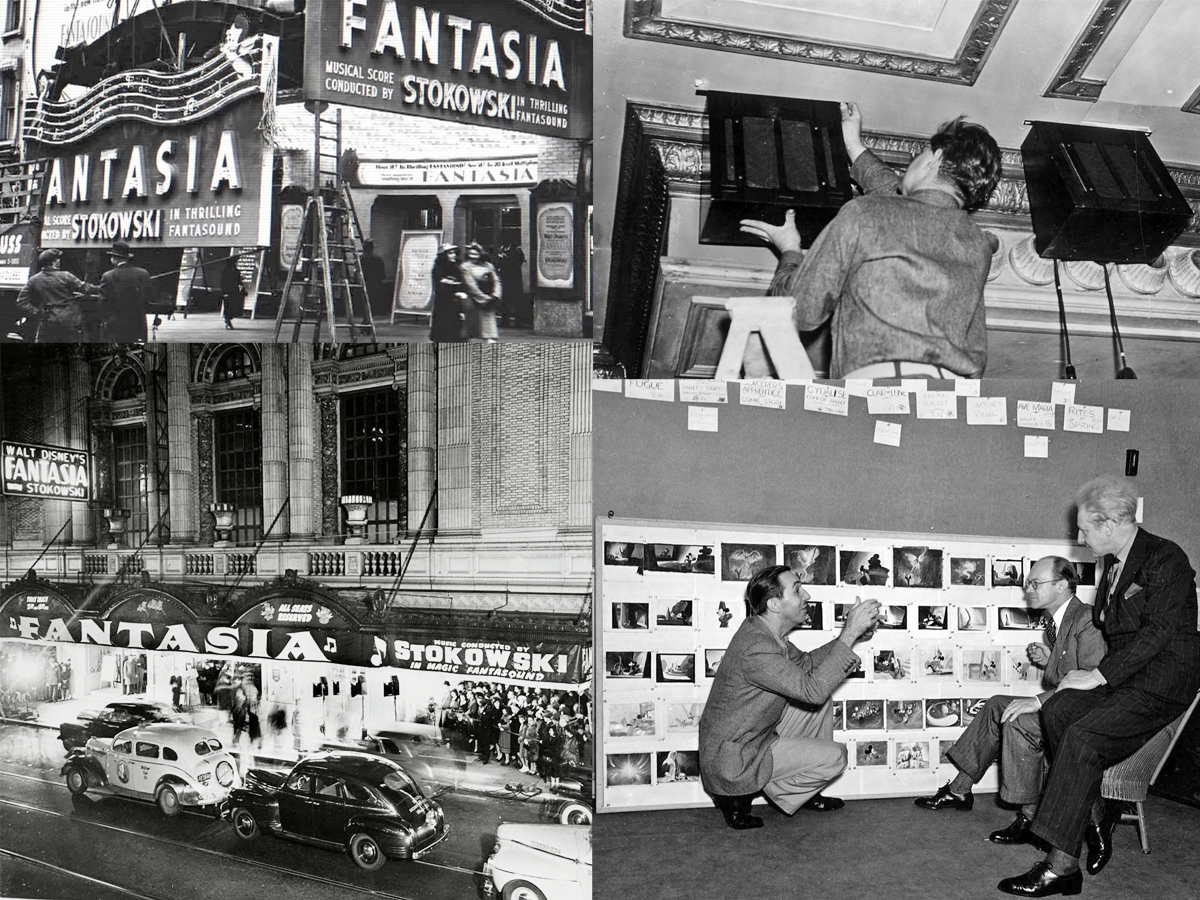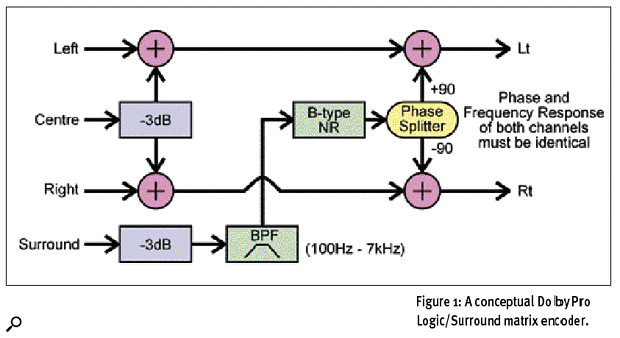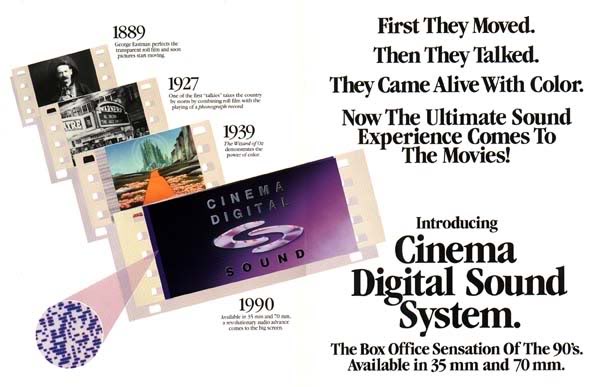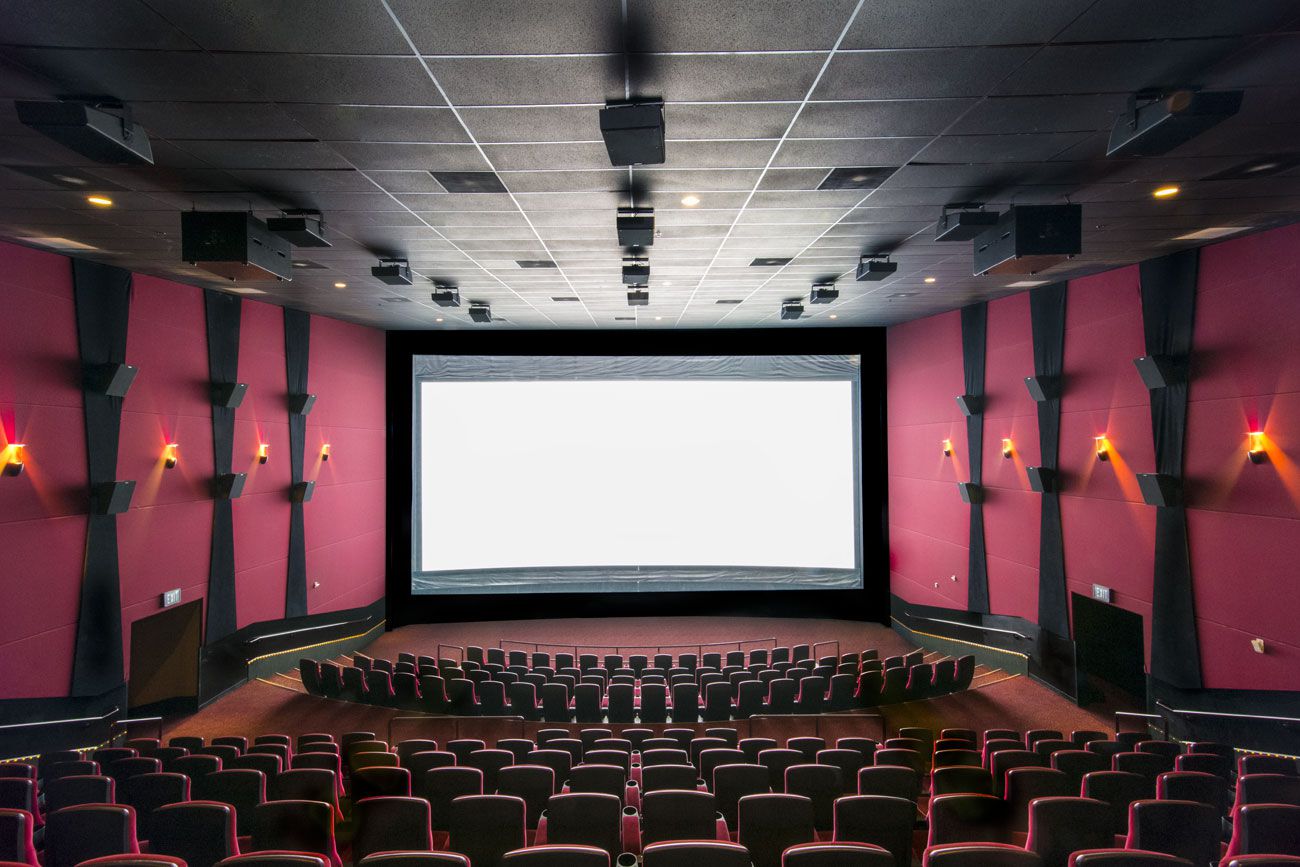It was at the 1987 October SMPTE meeting. People were saying, “How many channels should there be [in the digital sound standard for cinema]?” And people said two . . . people said four . . . one said eight. And I put my hand up and said, “five point one.” Everybody went, “What is he talking about?”
– Tomlinson Holman, audio engineer and inventor of THX
Cinema’s Hidden Multi-Channel History and the Origins of Digital Surround

The Origins of Multi-channel
- Advances in technology
- Aesthetic experimentation
- Economics of exhibition
- Audience expectations
- Growth of home systems
Milestones in Multi-Channel Cinema Sound
- 1881: Clément Ader’s Théâtrophone – 2-channel opera relays in Paris.
- 1931–35: Bell Labs (Harvey Fletcher/Stokowski) + Blumlein stereo experiments.
- 1937: Universal’s One Hundred Men and a Girl recorded multi-channel (released mono).
- 1940: Fantasia – Fantasound (3 screen + surround, ~64 speakers).
- 1952: Cinerama – 7 channels (5 screen, 2 surround).
- 1953: CinemaScope – 4-track mag (L, C, R, surround).
- 1955: Todd-AO 70 mm – 6-track mag (Oklahoma!).
- 1974: Sensurround (Earthquake).
- 1975: Dolby Stereo (LCRS matrixed to Lt/Rt).
- 1977–79: 70 mm six-track “baby boom” (Close Encounters, Superman, Apocalypse Now).
- 1982/87: Dolby Surround & Pro Logic (home).
- 1990: Cinema Digital Sound (CDS).
- 1992–93: Dolby Digital, DTS, SDDS arrive.
- 1994: ITU codifies 5.1 (3/2 with LFE).
- 1995: LaserDisc AC-3 = first consumer discrete 5.1.
- 1997: DVD mainstreams 5.1.

Widescreen & Magnetic Sound (1950s)



What is Matrixing?
- A method to fit more channels into fewer tracks.
- Example: Dolby Stereo (L, C, R, S) encoded into two optical tracks (Lt/Rt).
- Uses phase and amplitude relationships so a decoder can “steer” sounds back into their intended channels.
- Ensures backward compatibility: a mono or stereo theater can still play the same print.

Dolby Standardizes Surround

- Four channels (L, C, R, mono surround) matrix-encoded into 2 optical tracks.
- Debut: Lisztomania (1975).
- Widely popularized by Star Wars (1977), Close Encounters (1977).
- Surround limited to 100 Hz–7 kHz.
The Limits of Dolby Stereo

Earthquake (1974) & Sensurround
Digital Surround’s Pre-History
- 1987 SMPTE: call for discrete, CD-quality audio.
- Tom Holman proposes “5.1” channel layout.
- 1992/94 ITU codifies 5.1 (3/2 with LFE).
Cinema Digital Sound (CDS, 1990)

Digital Sound Arrives in Triplicate
- Dolby Digital (SR-D, 1992): Data between sprockets + analog fallback. First: Batman Returns.
- DTS (1993): Audio on CD-ROM synced by timecode. First: Jurassic Park.
- SDDS (1993): Sony’s 7 channels (5 screen + 2 surrounds). Data on film edges.
Surround Sound Moves to the Home
- 1982: Dolby Surround (Lt/Rt home decoding).
- 1987: Pro Logic (adds center, steering).
- 1995: LaserDisc AC-3 introduces discrete 5.1.
- 1997: DVD mainstreams 5.1.
- 2000s: explosive home theater growth.
Variations in 5.1 Configurations

Epilogue: From 5.1 to Objects
- Atmos, DTS:X, MPEG-H extend 5.1 with height and objects.
- ITU 5.1 remains the global reference layout.
- Future questions:
- Will object-based replace channel-based?
- How do we mix for theaters, homes, headphones simultaneously?
Extra Discussion Questions (if time permits)
Standards vs. Innovation
- Why did 5.1 become the global standard instead of other proposed layouts?
What are the trade-offs between adopting a “good enough” standard and pushing for technically superior alternatives?
Matrixing vs. Discrete
- Dolby Stereo relied on matrix encoding while later systems went fully discrete.
Can you think of other media technologies where compression or “tricks” were used until a discrete alternative became affordable?
Spectacle vs. Fidelity
- Fantasia and Sensurround show different priorities: realism versus impact.
Which approach dominates today’s cinema sound design? Do you think audiences value accuracy or “wow factor” more?
Home vs. Theatrical Listening
- How do differences between cinema arrays and home point-source speakers shape the way films are mixed?
What compromises might sound designers make knowing their mix will be heard in both contexts?
Future Formats
- Atmos and DTS:X expand beyond 5.1 to object-based systems.
Do you think object-based sound will fully replace channel-based standards, or will 5.1/7.1 remain the backbone?